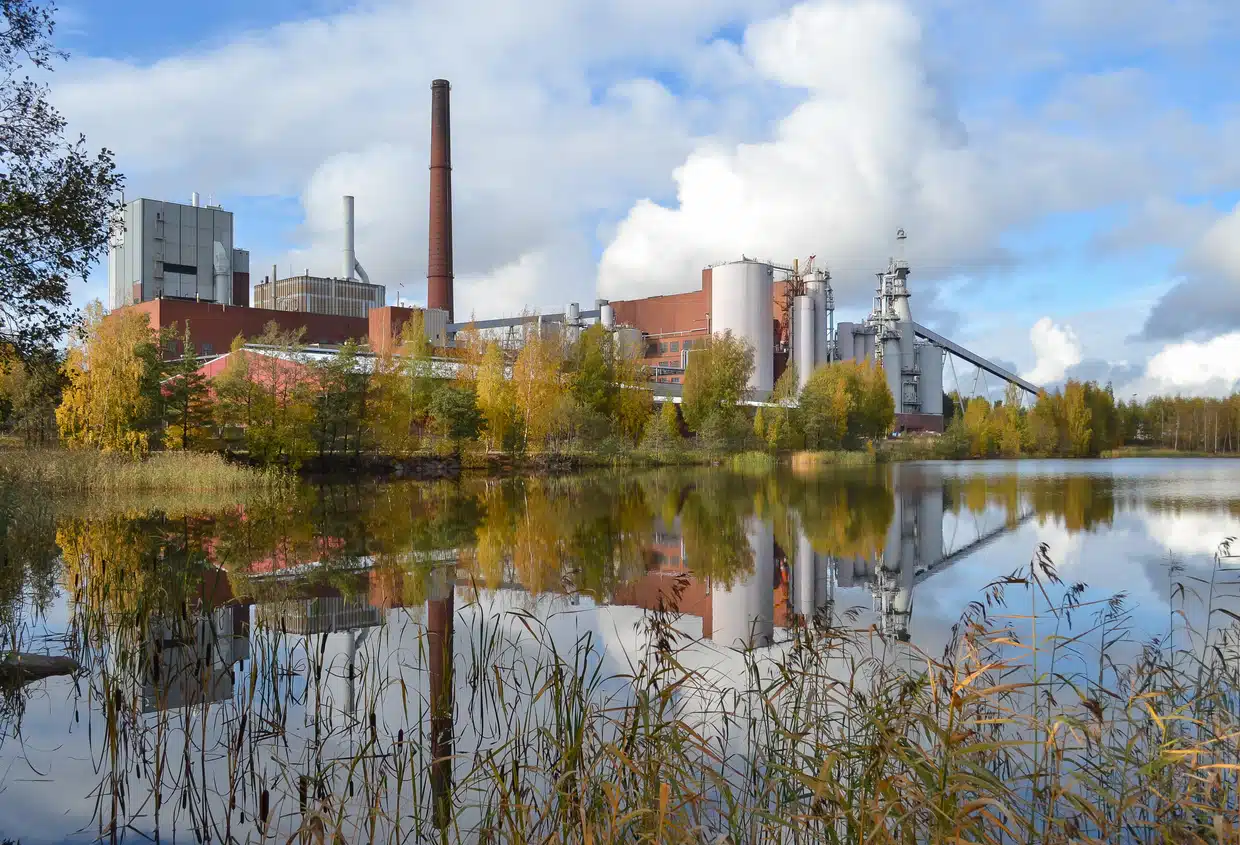Antidegradation Analysis at a Former Metals Plating Facility
By Marcia Greenblatt, Ph.D., P.E., Managing Principal, Business Director, Investigation and Remediation

OUR CHALLENGE
As part of an RCRA post-closure plan for a former metals plating facility, our client was seeking to terminate groundwater treatment following successful clean-up efforts. The treatment included operation of a groundwater interceptor trench and discharge of treated groundwater to an adjacent river via a permitted surface water discharge. Cessation of the groundwater treatment included termination of a NPDES permit for the discharge of treated groundwater and would result in resumption of natural groundwater flow into an adjacent creek. The state regulators required an antidegradation evaluation prior to termination of the permit to confirm that discontinuing operation of the groundwater interceptor trench would not result in degradation of surface water quality.
OUR APPROACH
Groundwater flow is not a typical application of surface water antidegradation regulations, and this analysis required the remediation and surface water regulatory divisions to collaborate in an innovative manner. To support this collaboration, we presented a site-specific, defensible conceptual site model (CSM) of existing and future flow conditions that provided context for the groundwater flow within the watershed. This CSM was essential to achieve consensus on the proposed approach. We then applied a mass balance water quality model based on our CSM, using available site, watershed, and regional water quality data to estimate the future water quality following cessation of the groundwater interceptor trench operations. We worked closely with the regulators to foster a common understanding of the site conditions, data use, and modeling approach.
OUR IMPACT
Our analysis demonstrated that there would be de minimis water quality impacts following cessation of the groundwater treatment operations and the return of natural groundwater flow. The regulators accepted our analysis, allowing our client to move forward with post-closure plans that included termination of groundwater treatment operations.

